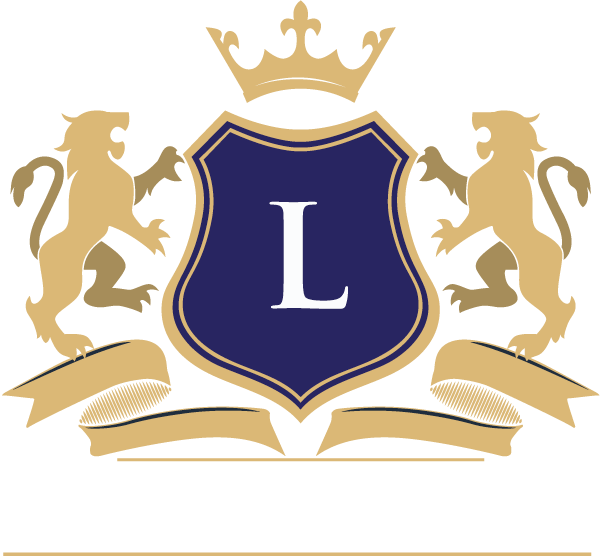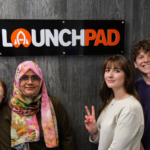Implementing new and creative teaching methods in higher education is a complex but essential process. It’s vital for keeping up with changes in education and addressing the varied requirements of modern students. In this article, we will discuss different strategies and important aspects to consider when incorporating these innovative teaching approaches in higher education and how LIBT is incorporating some of these aspects.
Understanding the Need for Innovation in Teaching
The first step in implementing innovative teaching methods is recognizing the need for change. Traditional lecture-based approaches are increasingly seen as inadequate for fostering critical thinking, problem-solving skills, and engagement among students. With the rise of technology and a diverse student population, educators are called to adapt their teaching styles to be more inclusive, interactive, and relevant.
Identifying Innovative Teaching Methods
Innovative teaching methods encompass a wide range of practices. Some of the key methods include:
- Flipped Classroom: This approach involves students learning new content at home and using class time for discussions and practical applications. This model promotes active learning and student engagement.The general trend in higher education, including institutions like LBS, is to increasingly adopt this method. The flipped classroom model, where students learn new content outside of class and use class time for discussions and applications, is becoming popular for its emphasis on active learning and student engagement. In these scenarios, educators often provide pre-recorded lectures or reading materials for students to review before class, thus freeing up classroom time for interactive activities and deeper exploration of topics.
- Problem-Based Learning (PBL): PBL focuses on student-centered learning through real-world problem-solving, enhancing critical thinking and collaborative skills. This educational approach aligns well with LIBT and we plan to focus on teaching purposeful business and tackling societal challenges. PBL’s emphasis on student-centered learning through real-world problem-solving complements our ethos of equipping students with leadership tools and confidence to address global issues.
- Technology Integration: Utilizing digital tools, such as learning management systems, interactive software, and online resources, can enhance accessibility and engagement. LIBT’s approach to learning is underpinned by the latest developments in learning technology. We strive to create a diverse collection of learning resources, including simulations and case studies, which replicate real-world business scenarios. This technology-driven approach enhances accessibility and engagement, allowing students to grasp complex ideas in varied ways. The use of digital tools and interactive software in the classroom is a core aspect of their teaching strategy.
- Interdisciplinary Approaches: This method involves integrating concepts from different disciplines, fostering a broader understanding and creativity. LIBT has demonstrated a commitment to interdisciplinary approaches in education. For instance, we have announced a strategic collaboration with various higher education institutes to foster interdisciplinary thinking and tackle complex problems. This collaboration underlines the increasing importance LIBT places on integrating concepts from different disciplines, promoting a broader understanding and fostering creativity among students.

Strategies for Implementing Innovative Methods
- Engaging Stakeholders: The successful implementation of innovative teaching methods requires the buy-in of all stakeholders, including faculty, administrators, and students. Conducting workshops and seminars can help educate stakeholders about the benefits and practicalities of new teaching methods.
- Training and Professional Development: Educators should be provided with training and resources to effectively adopt new teaching strategies. Professional development programs can offer the necessary skills and confidence to implement innovative methods.
- Pilot Programs and Feedback: Before widespread implementation, pilot programs can be useful for testing the effectiveness of new teaching methods. Gathering feedback from both students and educators can provide insights for refining and improving these methods.
- Technological Infrastructure: Adequate technological infrastructure is essential for methods like flipped classrooms and online learning. Institutions must invest in reliable and user-friendly technology platforms.
- Continuous Evaluation and Adaptation: The process of innovation is ongoing. Regular assessment of teaching methods and their impact on student learning is crucial for continuous improvement.
Challenges and Solutions
One of the primary challenges in implementing innovative teaching methods is the resistance to change. This resistance often stems from faculty and students who are accustomed to traditional methods. Addressing their concerns through open dialogue and demonstrating the effectiveness of new methods can be an effective way to mitigate this resistance, as Fullan (2013) suggests. Another significant hurdle is the resource intensity of these innovative methods. The implementation process often requires substantial resources, and overcoming this challenge may involve seeking external funding, reallocating existing resources, and leveraging technology, as highlighted by Ertmer & Ottenbreit-Leftwich (2010). Additionally, while pursuing innovation, it is crucial to maintain a balance between new and traditional methods. Biesta (2015) emphasizes the importance of this balance to ensure that the educational foundations remain robust and effective while adapting to contemporary changes. This approach not only respects the effectiveness of proven traditional methods but also embraces the potential of new, innovative strategies.
Conclusion
Implementing innovative teaching methods in higher education is not just about adopting new techniques; it’s about transforming the educational culture to be more dynamic, inclusive, and responsive to the needs of modern learners. Understanding the need for change helps you to identify appropriate methods, and strategically implementing these methods, higher education institutions can effectively prepare students for the challenges of the 21st century.







Leave a Reply
You must be logged in to post a comment.